666 Views
Junkyard Find: 1961 Ford Falcon Ranchero

by
Murilee Martin
(IC: employee)
Published: February 3rd, 2020
Share
As anyone who follows this series knows, Detroit sedans from the 1946– 1975 era still show up in cheap self– service junkyards all the time ( really, I photograph several every month). What might not be as well-known, however, is the frequency with which classic cartrucks ( or truckcars, if you prefer) end up in such yards.Here’s an early Falcon Ranchero that worked hard for many decades after its New Car(truck) Scent faded away, photographed in a Denver yard just a few days ago.
Prior to becoming the main Washington bureaucrat behind the not-so-successful Vietnam War, Robert McNamara served as President of the Ford Motor Company. Under his watch, the Edsel — selling poorly partly due to a nasty recession and partly due to being an outdated-looking dinosaur — got the axe, while the new compact Falcon got a huge sales push from the company. This means Edsel fanatics hate McNamara the way Corvair fanatics hate Ralph Nader, and we can presume that most of them hate the Falcon and its cartruck sibling, the 1960-1965 Falcon Ranchero, just as much.
The Falcon name went away for the Ranchero’s 1966 model year, and by 1968 the Ranchero cartruck went onto the larger Fairlane platform. By the late 1970s, the Ranchero got huge, and I have documented plenty of these luxurious cartrucks.
This one got used hard for at least the later part of its life, and it has plenty of body filler, rust, and low-budget modifications to show for those tough years. I’m guessing that it put in plenty of service as a scrapper’s truck, patrolling the alleys of Denver for saleable metal.
The build tag on this cartruck says it started life at the Kansas City assembly plant on June 18, 1961, with a 144-cubic-inch straight-six engine rated at 85 horsepower. This looks like a somewhat later six, and it might well be the 11th engine to power this truck.
The data plate also shows that the original exterior color was Laurel Green, with beige/brown interior.
That interior is long gone, replaced with junkyard door panels, random chunks of household carpeting, and a couple of pretty decent bucket seats out of some much newer vehicle.
The remnants of a three-on-the-tree column shifter may be seen in this photo, but someone has swapped in a floor shifter with homemade gooseneck extension, making this a three-on-the-floor car (like the first car I remember riding in as a child, though that Ford had a factory floor-shift rig).
I found some 2008 receipts inside, so I suspect this cartruck broke down 12 years ago and finally took that last tow-truck ride when nobody proved willing to rescue a rusty, bastardized six-cylinder cartruck.
At least it had tunes at the end.
{
"id": "9172526",
"alt": "",
"title": "",
"video_link": "https://www.youtube.com/embed/4awhrcDkEuI",
"youtube_video_id": "4awhrcDkEuI"
}
{
"width": 634,
"height": 357,
"showRelated": true
}
The first-generation Falcon proved to be an enormous sales success in the United States, not to mention Argentina (where production continued into the 1980s) and Australia. Naturally, Australians loved the ute version of their Falcon.If you’d like to see 1,800+ more Junkyard Finds, head over to the Junkyard Home of the Murilee Martin Lifestyle Brand™.
#1960s
#1961
#Cartruck
#Denver
#DownOnTheJunkyard
#ElCamino
#Falcon
#Ford
#FordFalcon
#FordRanchero
#Truck
#Ranchero
#Ute
#Junkyard
#JunkyardFind

Murilee Martin
Murilee Martin is the pen name of Phil Greden, a writer who has lived in Minnesota, California, Georgia and (now) Colorado. He has toiled at copywriting, technical writing, junkmail writing, fiction writing and now automotive writing. He has owned many terrible vehicles and some good ones. He spends a great deal of time in self-service junkyards. These days, he writes for publications including Autoweek, Autoblog, Hagerty, The Truth About Cars and Capital One.
More by Murilee Martin
Published February 3rd, 2020 8:00 AM
Latest Car Reviews
Read moreLatest Product Reviews
Read moreRecent Comments
- Lou_BC Synthetic oil for my diesel is expensive. It calls for Dexos2. I usually keep an eye out for sales and stock up. I can get 2 - 3 oil and filter changes done by my son for what the Chevy dealer charges for one oil change.
- Joe65688619 My last new car was a 2020 Acura RDX. Left it parked in the Florida sun for a few hours with the windows up the first day I had it, and was literally coughing and hacking on the offgassing. No doubt there is a problem here, but are there regs for the makeup of the interiors? The article notes that that "shockingly"...it's only shocking to me if they are not supposed to be there to begin with.
- MaintenanceCosts "GLX" with the 2.slow? I'm confused. I thought that during the Mk3 and Mk4 era "GLX" meant the car had a VR6.
- Dr.Nick What about Infiniti? Some of those cars might be interesting, whereas not much at Nissan interest me other than the Z which is probably big bucks.
- Dave Holzman My '08 Civic (stick, 159k on the clock) is my favorite car that I've ever owned. If I had to choose between the current Civic and Corolla, I'd test drive 'em (with stick), and see how they felt. But I'd be approaching this choice partial to the Civic. I would not want any sort of automatic transmission, or the turbo engine.



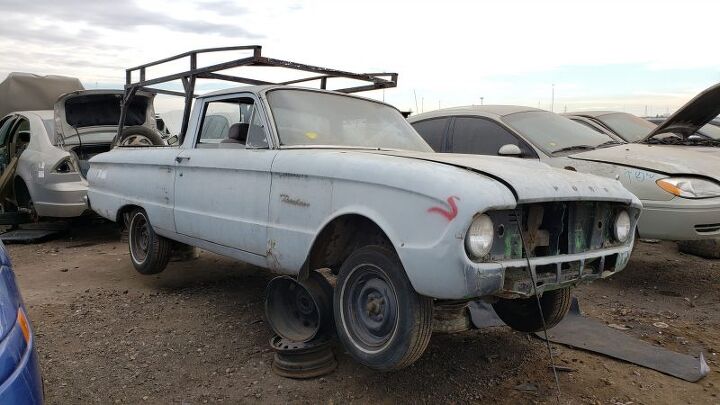






























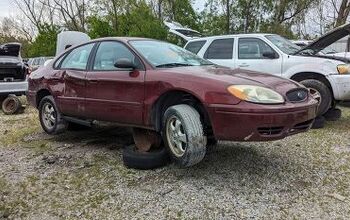
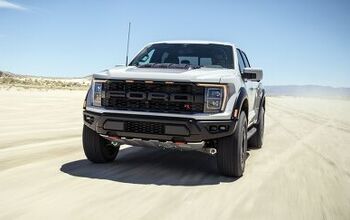
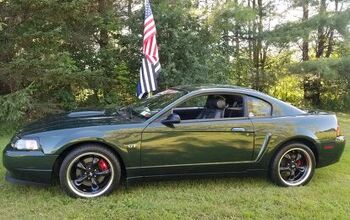
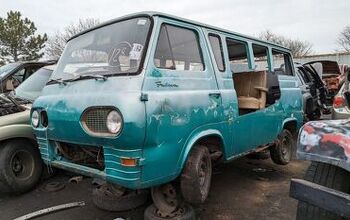
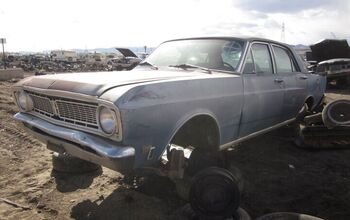
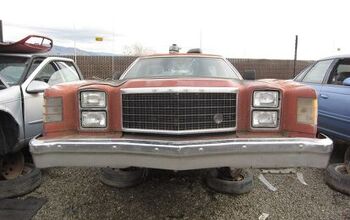
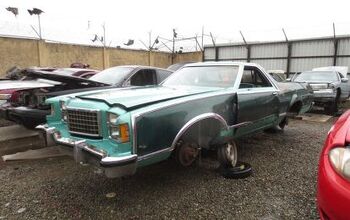
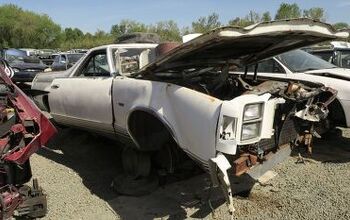
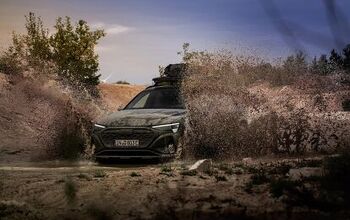

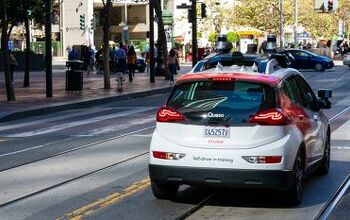
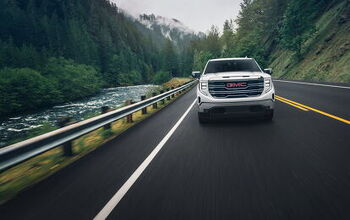
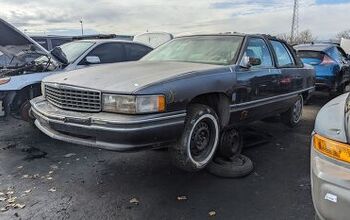
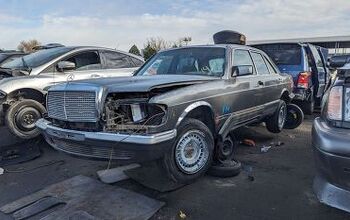
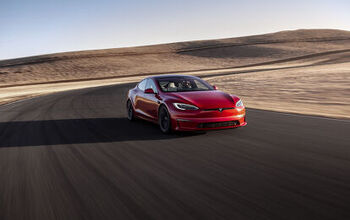
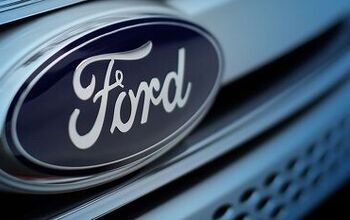

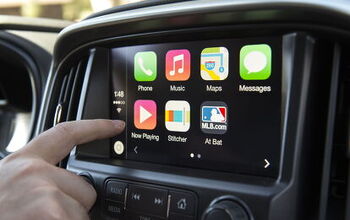
Comments
Join the conversation
Weren't the first gen cab-over Econolines based on the Falcons too? And of course the Mustang. Ford sure got their money out of that platform.
I'm surprised the rack is still on it. I've been looking for something similar and have found well used examples to be both surprisingly hard to find and stupidly expensive.